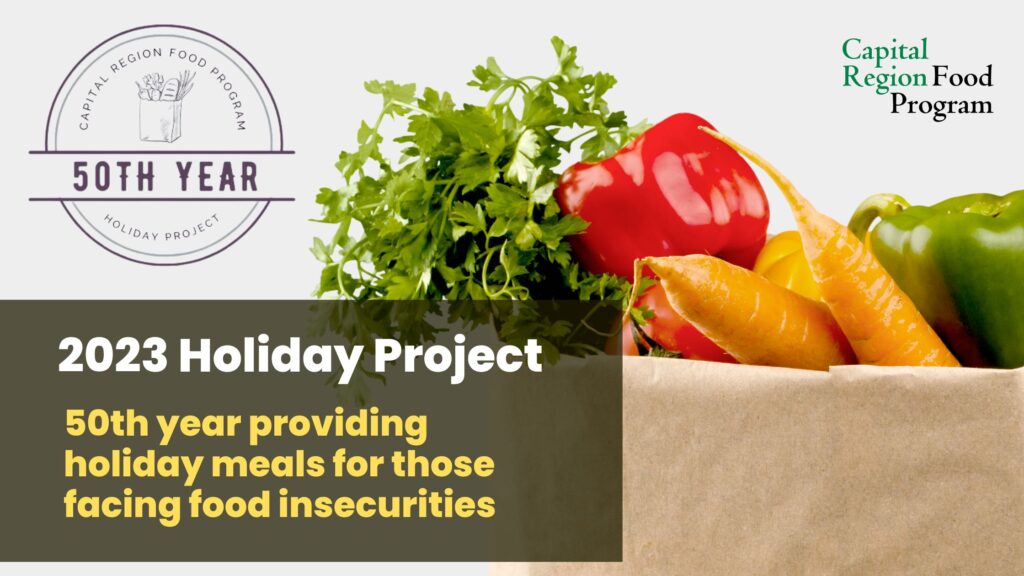Statistics on Hunger:
![]() Do you know the face of hunger in your community?
Do you know the face of hunger in your community?
The United States has one of the highest poverty rates among industrialized nations.
What do hunger and food insecurity mean in the United States?
USDA defines food insecurity by households that do not have adequate access to healthy food for an active, healthy lifestyle. Food insecurity with hunger means that families go without food for some days out of the month and in severe cases children go without food for one or more days a month. It is the lack of access to enough food to fully meet basic needs at all times due to lack of financial resources. Some people may find themselves skipping meals or cutting back on the quality or quantity of food they purchase at the stores. This recurring and involuntary lack of access to food can lead to malnutrition over time and other debilitating effects.
US Hunger and Poverty Stats in 2021:
37.9 million people (11.6%) were in poverty.
20.9 million of people ages 18-64 (10.5%) were in poverty.
11.1 million children under the age of 18 (15.3%) were in poverty.
5.8 million (10.3%) seniors 65 and older were in poverty.
NH does not measure hunger directly – hunger and food insecurity are measured by proxy utilizing poverty statistics.
In 2021:
Over 97,000 people in NH lived below federal poverty line; 7.2% of NH households experience food insecurity – not knowing whether they would be able to access enough food throughout the year.
The federal poverty income guideline for a family of four in 2021 was $27,949.
More than 10,000 people (6.7%) were living in poverty in Merrimack County in 2021.
14% were children under the age of 18.
5.8% were seniors aged 65 or over.
Other facts:
Majority of NH poor and food insecure work.
Competing basic human needs, food, shelter, clothing cannot be met with low wage jobs.
Statistics regarding Supplemental Nutrition Assistance Program (SNAP):
In 2019, SNAP benefits were provided to approximately 75,000 people per month in NH.
Roughly 40% of NH SNAP recipients were children, and 13% were adults over the age of 60.
Demand for benefits may be understated in NH. Estimates suggest tens of thousands of additional children and adults were eligible for SNAP benefits but had not enrolled.
Sources: US Department of Agriculture, US Census Bureau, NH Fiscal Policy Institute, Food Research and Action Center www.frac.org

